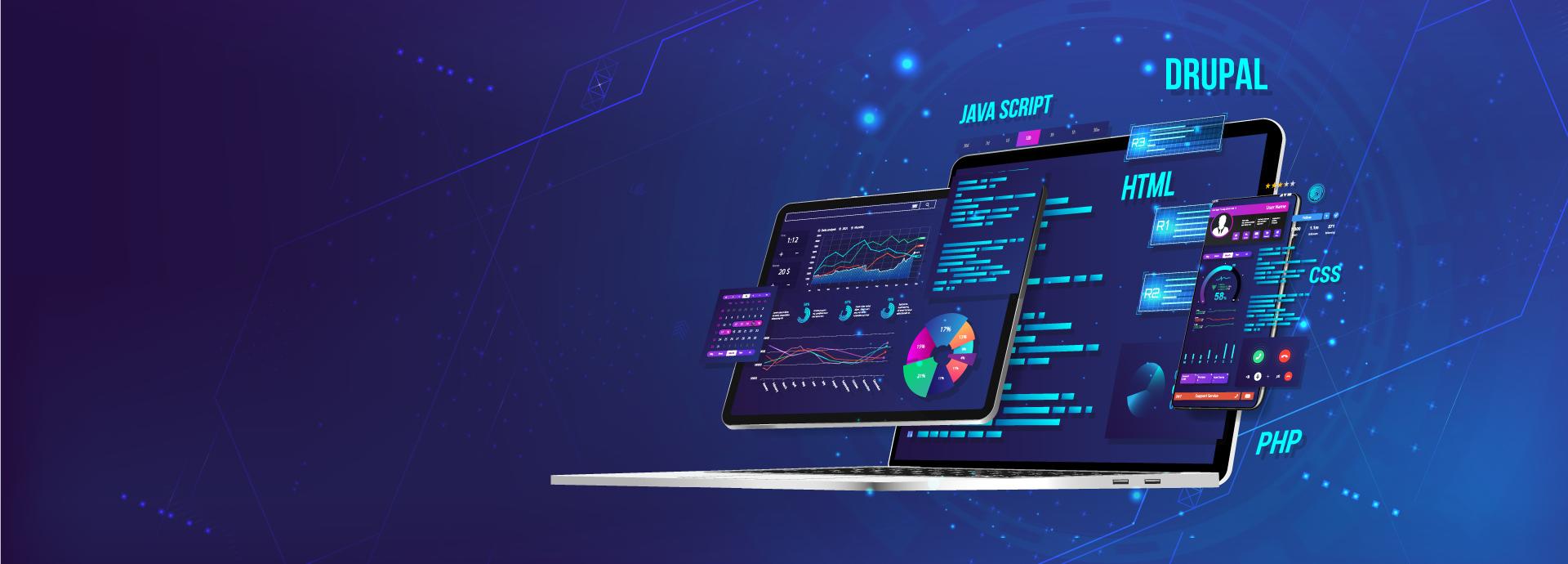You're embarking on a new website or app development project. The sales team, consultants, and developers all assure you it's straightforward. But is it? Let's dive in.
There are typically three responses you'll hear:
- Expertise: "This is simple for us!" - They genuinely understand and are experienced.
- Overconfidence: "No worries, we got this!" - They lack understanding and experience.
- Ulterior Motives: "Sign here first!" - Your project is secondary; their primary interest is the contract.
Rarely is the project as simple as the first scenario suggests.
Why am I qualified to discuss this?
I wear multiple hats: Developer, Technical Consultant, and Owner of a Development Company. My experiences range from resurrecting derailed projects to acknowledging when a project is unfeasible.
So, How Tough Is It?
For the right team, it's a walk in the park. For others, it's a challenging maze. Let's explore the journey from concept to completion:
- Introduction: The client shares their idea with the development team.
- Consultation: Discussing the feasibility, pros, cons, and potential.
- Requirement Gathering: A Business Analyst refines the idea into a detailed document.
- Design: Crafting the visual essence of the project.
- Architecture: Deciding the foundational tech solutions.
- Development: Bringing the design to life.
- Feedback: Demos, changes, and refining based on the client's input.
- Quality Assurance: Ensuring functionality on all fronts.
- Deployment: Setting it live on the right servers.
- Maintenance: Long-term support for ongoing operations.
- Business Alignment: Ensuring the project fuels business growth.
Most clients focus solely on the sixth point. To achieve success, all 11 stages must align.
Two Primary Approaches to Achieve Success
-
Process-Oriented Approach:
- Essence: A well-defined series of steps.
- Prerequisites: Sufficient resources and a managerial overview.
- Best For: Larger companies with substantial budgets.
Pros:
- High success rate due to robustness.
- Suitable for large clients with hands-off management.
Cons:
- Requires vast resources.
- Expensive, not suitable for startups or small-scale projects.
-
Human-Oriented Approach:
- Essence: The belief in human capability.
- Prerequisites: A linchpin individual with multifaceted understanding and expertise.
Pros:
- Cost-effective and agile.
- Streamlined decision-making.
Cons:
- Finding the right individual is challenging.
- Risk is pinned to a single individual.
Finding the Right Individual: They should possess skills, successful project experiences, and have tangible stakes in the project's success or failure.
Final Thoughts:
If you possess the funds and are prepared to spend generously, the Process-Oriented Approach with a penalty clause for non-completion might suit you.
However, if on a budget, select your development partner with caution. The wrong choice could cost more than just money; it can erode trust, time, relationships, and even your self-confidence.

